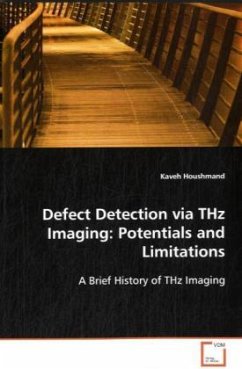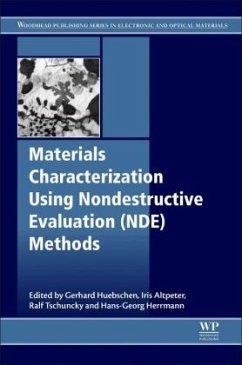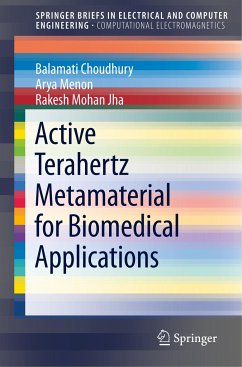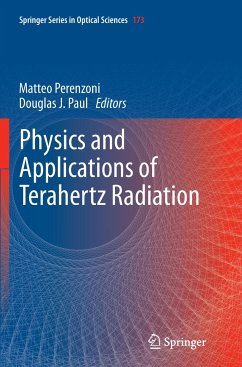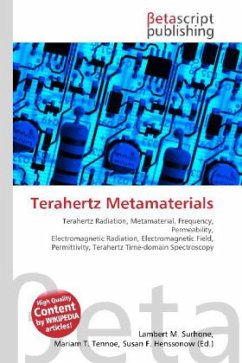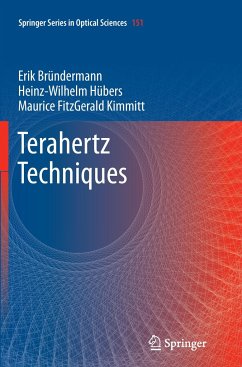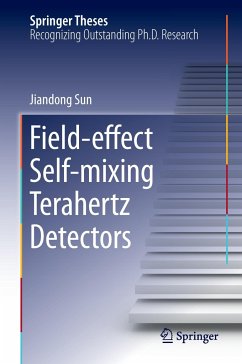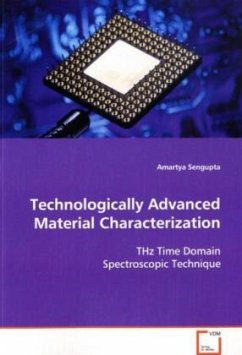
Technologically Advanced Material Characterization
THz Time Domain Spectroscopic Technique
Versandkostenfrei!
Versandfertig in 6-10 Tagen
32,99 €
inkl. MwSt.

PAYBACK Punkte
16 °P sammeln!
Significant scientific and technical challenges within the THz frequency regime have recently motivated an array of new research activities. This involves numerous applications of this frequency range between approximately 100 GHz and 3 THz for both spectroscopy and imaging purposes. THz time domain spectroscopy is unique in that it measures the electric field directly. In this work, THz spectroscopy has been used to characterize semiconductors, gate dielectrics, energetic materials and cyclic olefin polymers. The most significant contribution of this work has been to deduce the number of defe...
Significant scientific and technical challenges
within the THz frequency regime have recently
motivated an array of new research activities. This
involves numerous applications of this frequency
range between approximately 100 GHz and 3 THz for
both spectroscopy and imaging purposes. THz time
domain spectroscopy is unique in that it measures
the electric field directly. In this work, THz
spectroscopy has been used to characterize
semiconductors, gate dielectrics, energetic
materials and cyclic olefin polymers. The most
significant contribution of this work has been to
deduce the number of defect states in buried layers
which will have potential applications in the
semiconductor industry. The characterization of a
cyclic olefin polymer showed that it is
the candidate of the future for fabrication of far
infrared optics. This monograph should serve as a
useful reference for students who are involved in
research activities in ultrafast optics and related
fields and also to professionals and engineers who
are considering the implementation of non-contact
optical techniques for characterization of
technologically advanced materials.
within the THz frequency regime have recently
motivated an array of new research activities. This
involves numerous applications of this frequency
range between approximately 100 GHz and 3 THz for
both spectroscopy and imaging purposes. THz time
domain spectroscopy is unique in that it measures
the electric field directly. In this work, THz
spectroscopy has been used to characterize
semiconductors, gate dielectrics, energetic
materials and cyclic olefin polymers. The most
significant contribution of this work has been to
deduce the number of defect states in buried layers
which will have potential applications in the
semiconductor industry. The characterization of a
cyclic olefin polymer showed that it is
the candidate of the future for fabrication of far
infrared optics. This monograph should serve as a
useful reference for students who are involved in
research activities in ultrafast optics and related
fields and also to professionals and engineers who
are considering the implementation of non-contact
optical techniques for characterization of
technologically advanced materials.



